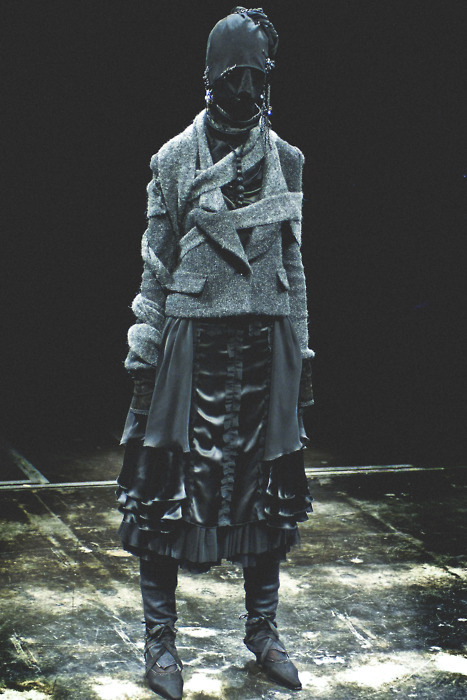Over the recent decade, the rise of Marvel movies and similar forms of media have conditioned audiences to seek easily digestible content, and increases the notion of hostility against what the general public deem as ‘snobbish’ and ‘hard to understand’ art and media. ‘Everything Everywhere All At Once’ was a critically acclaimed movie that swept the 2023 Oscars telling an all-too-familiar immigrant tale, however, some audience perceptions considered the movie confusing or too abstract. A low hanging fruit would to pass off these perceptions as an individual’s inability to assess media critically, however the consumption of shallow media is a societal phenomenon that needs consideration.
An unfortunate perception of ‘high’ art, or culturally complex art, is that it is reserved only for the upper class, out of reach to the common person such that it feels as though it is an identity marker to attempt to ‘understand’ such forms of media. This perception of avant-garde art has a spectrum of effects, from being a performance for aspirational individuals to align themselves with stereotypical upper class values, to a signal of classism and deliberate exclusion of an individual’s ability to appreciate art. A legitimate reason to doubt avant-garde art is the usual classification of contemporary art as simply a method to avoid taxes for the wealthy. There are notable examples of this occurrence, however, as with other creative commodities, grifts are ever-present.
The advancement of not only art but other forms that define human advancement is the result of continual progress and innovation. In art, innovations are defined by avant-garde and boundary pushing creatives who subvert the industry norms by challenging pre-conceived notions. Most cases of this will not be well-received immediately, but historically, has inspired a slew of derivatives.
As an example, Maison Martin Margiela’s debut 1988 show at the Cafe De La Gare in Paris went against Paris Fashion Week norms by presenting the runway show, further out in the city than usual. The models themselves were presented in an unorthodox manner for 1988 Paris, with a few of these features remaining iconic. This includes the debut of the infamous Tabi boots that were divisive at the time, along with the face-covering motifs that would continue to be a staple of Martin Margiela’s runway history.

